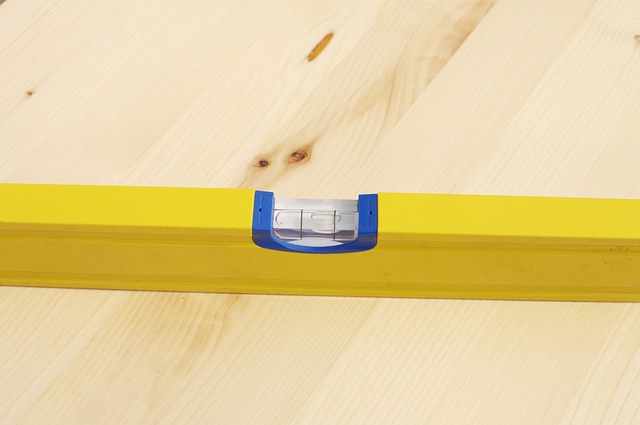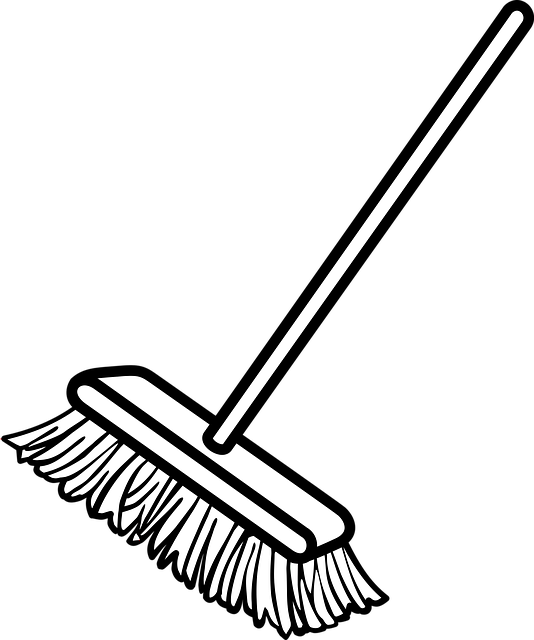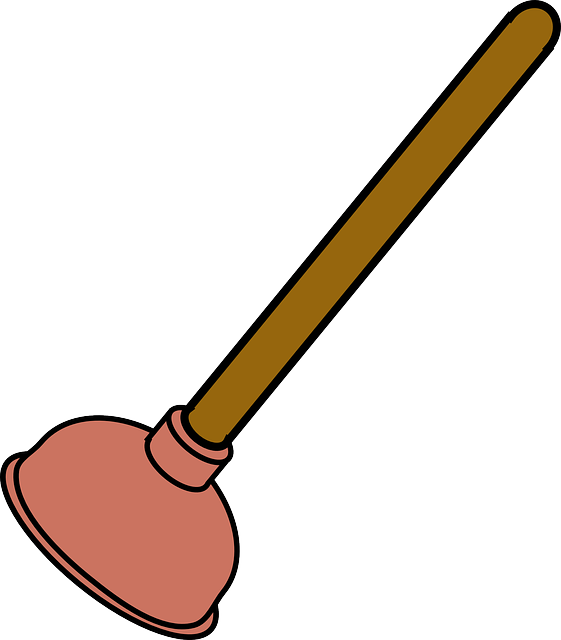This text discusses the effectiveness and application of a drain auger (plumber's snake) for resolving deep clogs when conventional methods like plunging and baking soda/vinegar fail. It emphasizes the importance of regular natural unclogging techniques, such as using baking soda and vinegar, to prevent severe blockages. The text also highlights that while a plunger is suitable for minor clogs, more powerful tools are needed for persistent issues. Calling a professional plumber is advised when DIY methods aren't effective, with signs like bad odors or unusual noises indicating a complex blockage. Regular maintenance through proper usage of a plunger, natural remedies, and monthly drain clearing with an auger is recommended to prevent deep clogs.
Unblocking deep clogs can be a challenging task, but with the right tools and knowledge, you can tackle them head-on. If your go-to plunger isn’t cutting it, it’s time to consider a drain auger—a versatile tool that twists and turns its way through stubborn blockages. This article guides you through everything from understanding deep clogs and the science behind drain augers to providing a DIY step-by-step guide for unclogging drains with a plumber’s snake. We’ll also explore natural remedies like baking soda and vinegar and know when it’s time to call in a professional plumber.
- Understanding Deep Clogs: When to Use a Drain Auger
- What is a Drain Auger and How Does it Work?
- DIY Clogged Drains: Step-by-Step Guide Using Plumber's Snake
- Natural Unclogging Methods: Baking Soda and Vinegar
- When to Call a Plumber: Signs Your Drain Needs Professional Help
- Maintenance Tips: Preventing Future Deep Clogs
Understanding Deep Clogs: When to Use a Drain Auger

Deep clogs in your drains can be frustrating and inconvenient, but understanding when to use a drain auger (also known as a plumber’s snake) is key to effective DIY clogged drain cleaning. While a plunger and methods like baking soda and vinegar can handle minor obstructions, more severe blockages may require the reach and power of an auger.
If you’ve tried basic unclogging techniques without success or if the clog persists after repeated attempts, it might be time to consider a drain auger. This tool spirals through pipes, breaking up and dislodging obstructions, allowing water to flow freely again. Remember, regular maintenance using natural unclogging methods can prevent deep clogs from forming in the first place, potentially saving you time, money, and the need for a professional plumber.
What is a Drain Auger and How Does it Work?

A drain auger, also known as a plumber’s snake, is a versatile tool designed for tackling stubborn and deep clogs in your home’s plumbing system. It’s a DIY solution that can save you the hassle and cost of calling a professional plumber. This device consists of a flexible metal cable with a spinning head or basket at one end, which is inserted into the drain to break up and dislodge obstructions.
When used correctly, a drain auger can effectively clear clogs caused by hair, grease, soap scum, or even foreign objects that have found their way into the pipes. The rotating action of the head helps to break apart and remove the blockage, allowing water to flow freely again. Unlike traditional plungers, which are best for shallow clogs, a drain auger can navigate deep drains, making it ideal for severe cases where other unclogging methods like baking soda and vinegar or chemical cleaners have failed.
DIY Clogged Drains: Step-by-Step Guide Using Plumber's Snake

DIY Clogged Drains: A Step-by-Step Guide Using Plumber’s Snake
If you’re dealing with a stubborn, deep clog in your drain, reaching for a plumber might seem like the easiest solution. However, tackling clogs with a DIY approach using a plumber’s snake (or auger) can be both effective and cost-saving. Here’s how to do it:
1. Gather Your Tools: You’ll need a plumber’s snake, which you can rent or buy from most hardware stores. Also, prepare a mix of baking soda and vinegar. The combination of these two natural ingredients creates a powerful cleaning agent that can help break down the clog.
2. Insert the Plumber’s Snake: Feed one end of the auger into the drain until it meets resistance. Twist the handle in a clockwise direction to begin turning the snake, gradually pushing it deeper into the pipe. Ensure you have firm grip on the handle to maintain control.
3. Remove the Clog (if possible): If the clog is a foreign object like hair or food, you might be able to dislodge it with the snake. Keep cranking until you feel the resistance cease. Remove the auger and check if the drain is unclogged.
4. Use Baking Soda and Vinegar: Pour 1/2 cup of baking soda down the drain followed by 1 cup of vinegar. This mixture will fizz and bubble, helping to break up any remaining clogs. Let it sit for 30 minutes before flushing with hot water.
Natural Unclogging Methods: Baking Soda and Vinegar

When it comes to tackling deep clogs, many homeowners reach for a plunger as a first defense. While effective for smaller issues, persistent or stubborn blockages might require a more robust approach. Enter the drain auger, also known as a plumber’s snake, a versatile tool designed to navigate and clear even the most challenging drain obstructions.
Before you opt for chemical-based solutions or call in a professional, consider trying natural unclogging methods like baking soda and vinegar. This DIY approach involves combining the alkalinity of baking soda with the acidic properties of vinegar, creating a fizzing reaction that can help break down and dislodge accumulated debris. By using these common household ingredients, you not only save money on commercial drain cleaners but also avoid potential environmental and health concerns associated with harsh chemicals. Plus, it’s an eco-friendly option that keeps your pipes in good shape for the long term, reducing the need for frequent drain cleaning.
When to Call a Plumber: Signs Your Drain Needs Professional Help

If your initial attempts to clear a clogged drain with a plunger or DIY methods like baking soda and vinegar have been unsuccessful, it might be time to consider professional help. While many people opt for at-home remedies for minor clogs, there are signs that indicate when it’s best to call a plumber instead.
One of the most obvious red flags is if the drain is completely blocked and won’t clear no matter how many times you use a plunger or natural unclogging agents like baking soda and vinegar. Another indicator is a strong, persistent bad odor coming from your drain—this could suggest a serious buildup or even a broken pipe. If you hear unusual noises, like banging or gurgling, when you run water in the sink or shower, this can also point to a more complex issue that requires professional tools like a plumber’s snake for effective drain cleaning.
Maintenance Tips: Preventing Future Deep Clogs

Regular maintenance can prevent deep clogs from forming in the first place. One effective method is to use a plunger regularly, especially after tasks like washing large amounts of dishes or running numerous baths. A simple combination of baking soda and vinegar can also act as a natural unclogging agent. Pouring a cup of baking soda down the drain followed by a cup of vinegar will create a fizzy reaction that helps break up any buildup.
Additionally, using a plumber’s snake – a flexible metal cable that can be inserted into pipes to break up and remove clogs – on a monthly basis can help clear out any hair or other debris that may accumulate in your drains. Regular drain cleaning with these DIY methods will save you time and money compared to calling a professional plumber, while also reducing the risk of future deep clogs.
